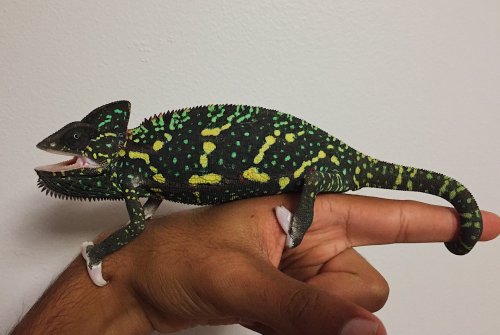Mike H.
Member
Hello! Alaska is pregnant! she has a very nice and big laying bin, and i have a tote bin with some perlite in it! every day i feed her 5 calcium powder covered crickets, a superworm, and lettuce once a week. i know she will lay eggs in 20-30 days. How should i prepare the perlite? What should the humidity in the tote box be? temperature the eggs should be at? thank you!





